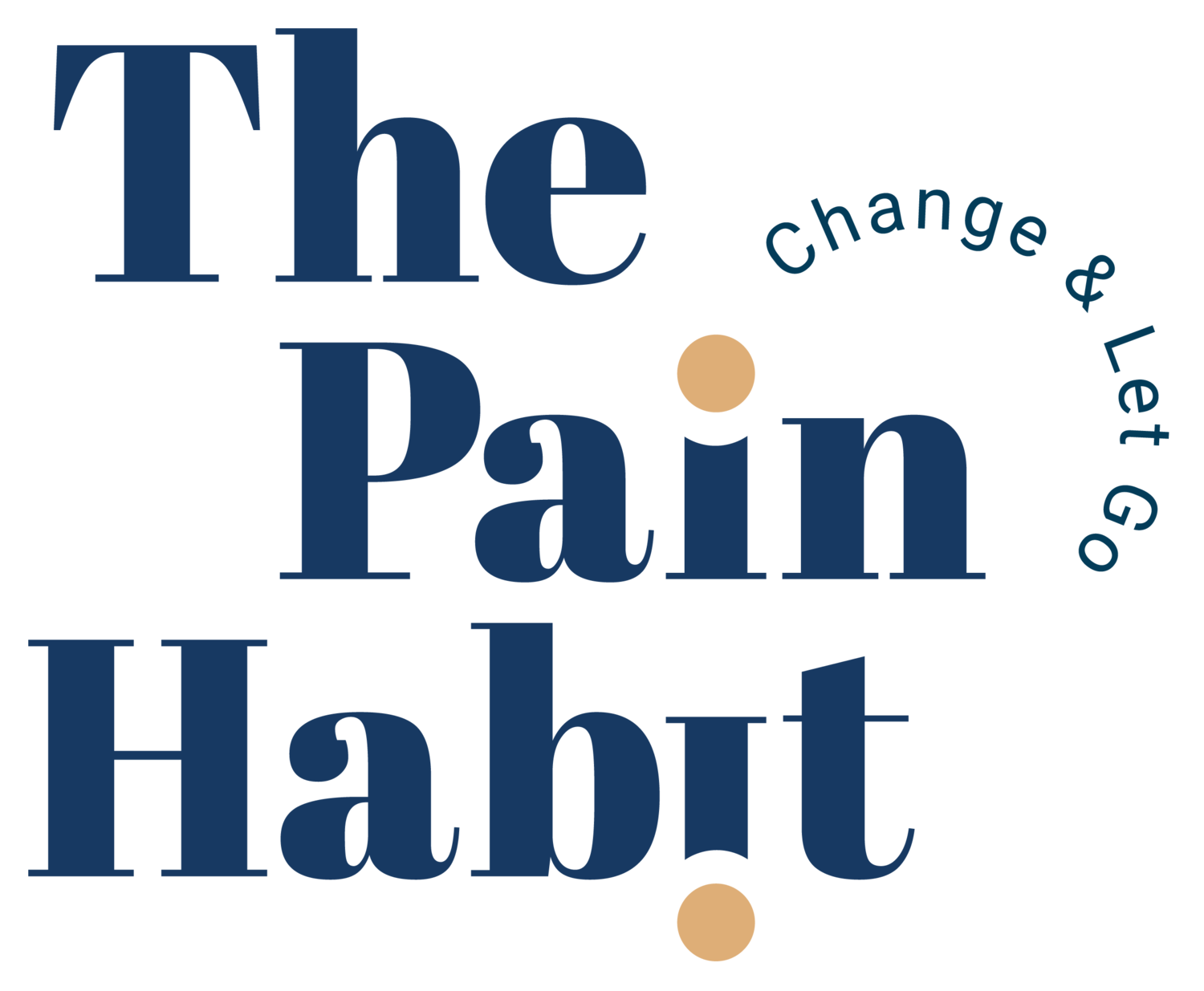
Painbites Blog

From Stuck to Shift: What We Can Learn From Chris Sykes-Popham’s Recovery (and Why Freeme Matters)
After years of exhaustion and searching for answers, Chris Sykes-Popham discovered that recovery from ME/CFS wasn’t about fighting symptoms — it was about understanding them.
In this conversation, Chris shares how awareness, self-compassion, and nervous-system insight turned his journey around and inspired the creation of the FreeMe app, now helping others find the same freedom.

You Are Not the Role You Learned: How Childhood Scripts Shape the Adult Nervous System — and Your Pain
We often carry childhood roles into adulthood without realising it — the strong one, the fixer, the achiever, the peacekeeper. These unconscious scripts shape the nervous system and can drive persistent pain. You are not the role you learned to survive. And you’re not that child anymore.

🎄 Christmas, Pain, and the Quiet Gift of Taking Care of Yourself
The holidays can increase pain, stress, and emotional load. This gentle guide offers grounding practices, pacing strategies, and small ways to care for yourself before, during, and after Christmas.

It’s Not the Condition — It’s the Conditioned Response
Persistent pain doesn’t always mean something is wrong with the body. Often, the issue isn’t the condition itself but the conditioned response — a nervous system that has learned to react with protection even after tissues have healed.
Your pain is real, but it may be coming from a system stuck in high alert rather than ongoing damage. The hopeful part? What’s been learned can be unlearned, and safety can be restored.

Your Nervous System Isn’t Broken — It’s Protective
Persistent pain doesn’t always mean damage. Learn how a protective nervous system can keep pain alive — and how to teach it safety.

The Hidden Cost of Pushing Through Pain
Pushing through pain may feel strong, but it can keep your nervous system in protection mode. Learn why kindness, not pressure, is the real path to recovery.
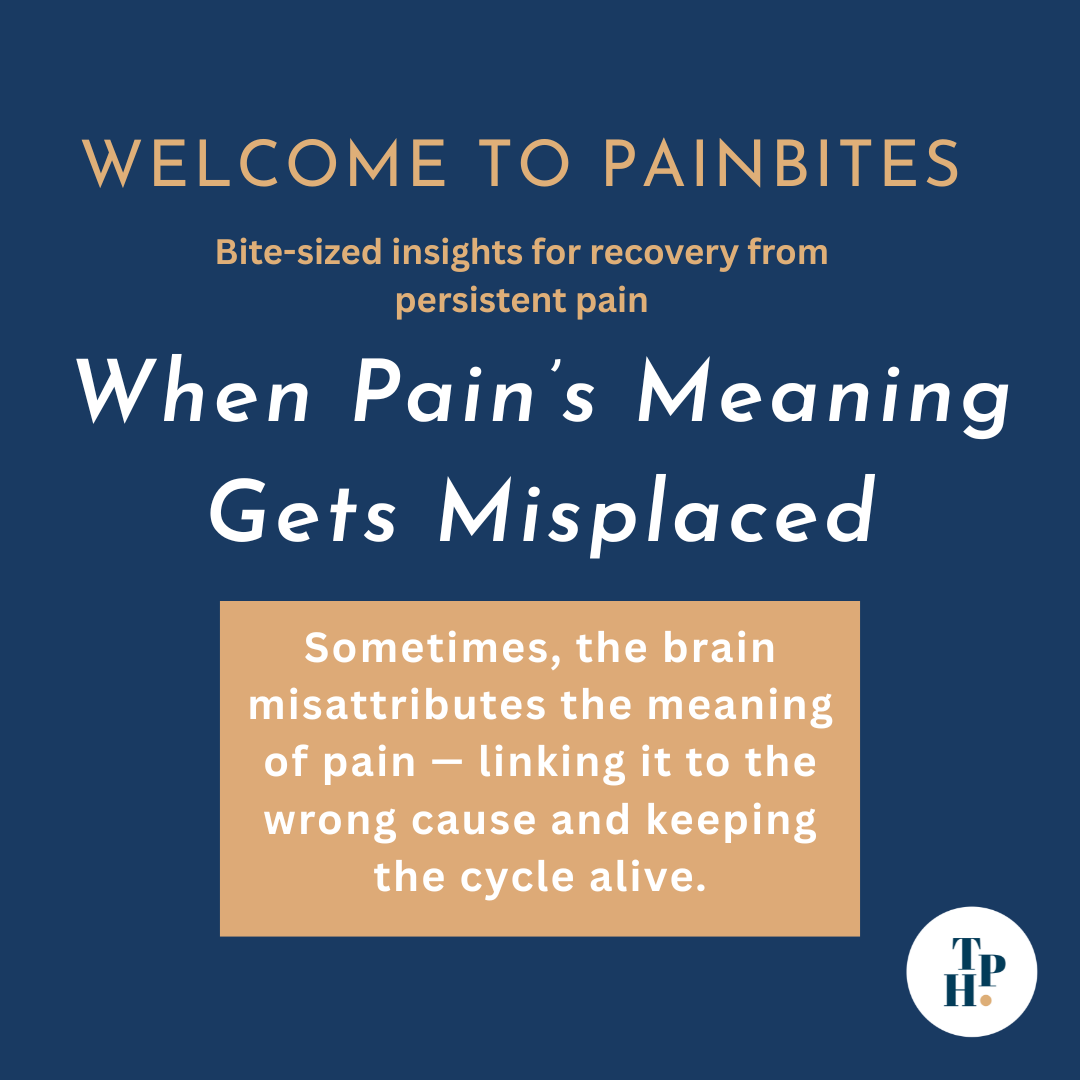
When Pain’s Meaning Gets Misplaced
Persistent pain isn’t always about damage. Learn how misattributed pain meaning can keep symptoms alive, and how reframing can help recovery.
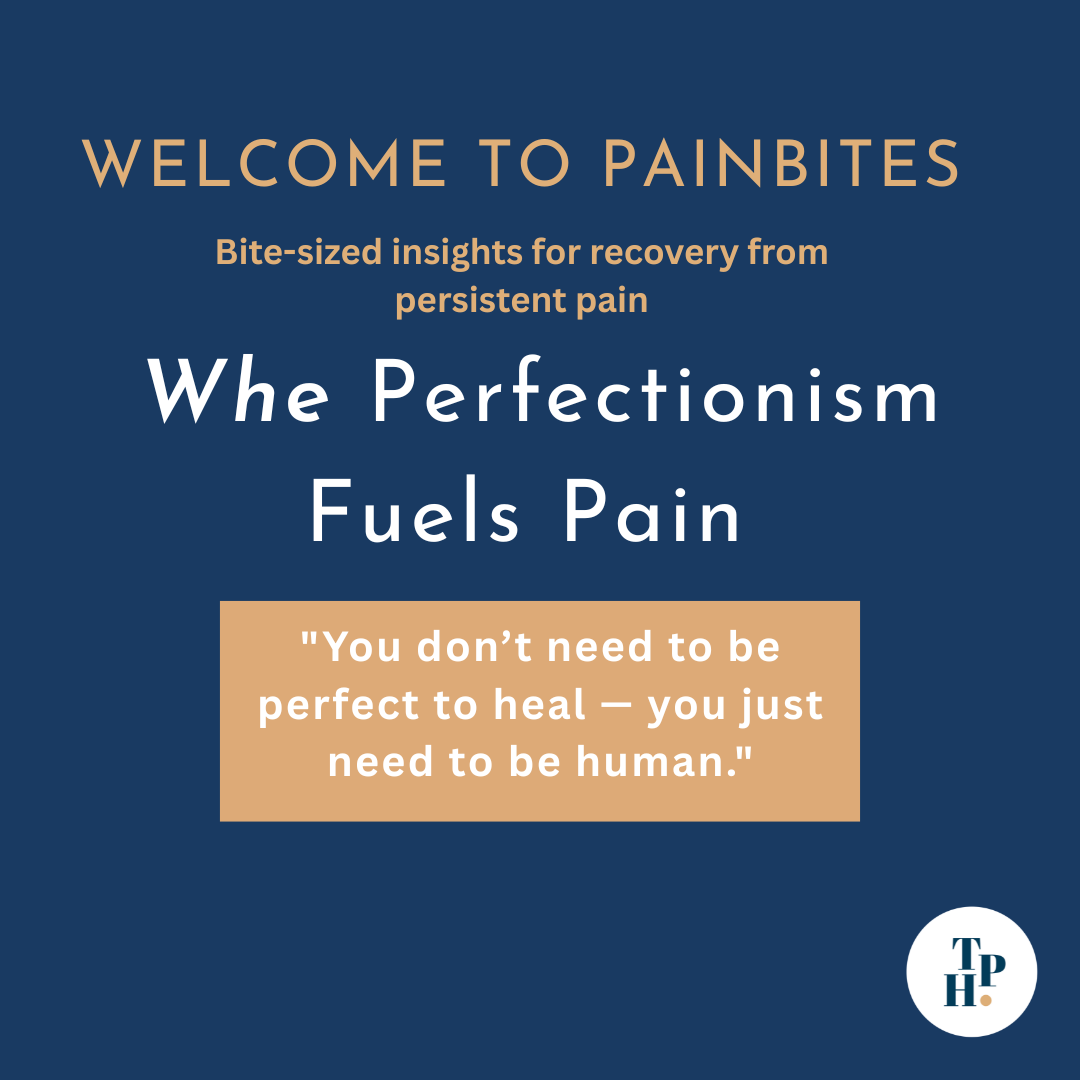
When Perfectionism Fuels The Pain
Perfectionism keeps the nervous system on high alert. Learn how softening these patterns with self-compassion can support recovery from persistent pain.
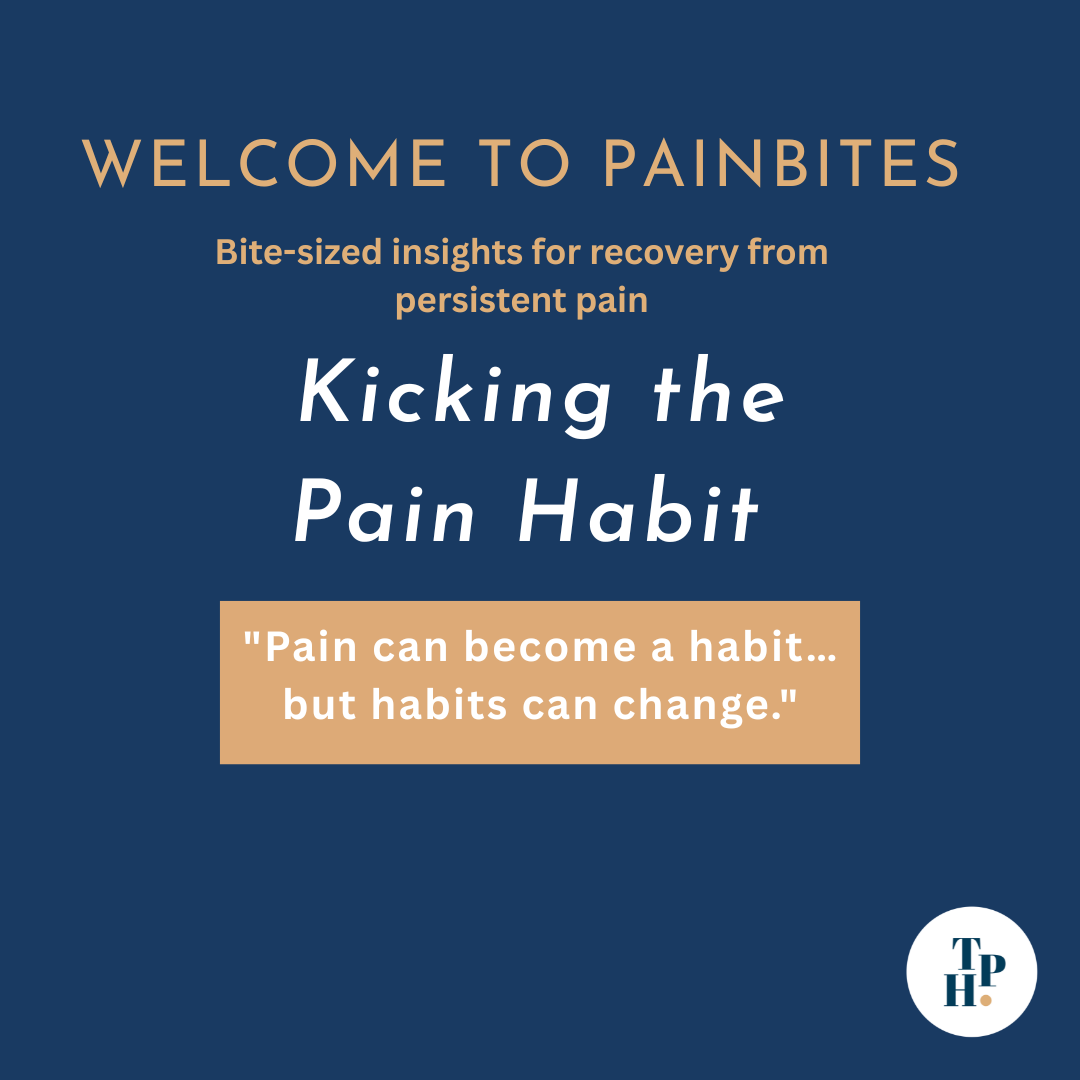
Kicking The Persistent Pain Habit
Persistent pain isn’t always about damage — it can be a well-rehearsed habit of the nervous system. This long-form read shares Sarah’s story of breaking the pain cycle, and how you can too.
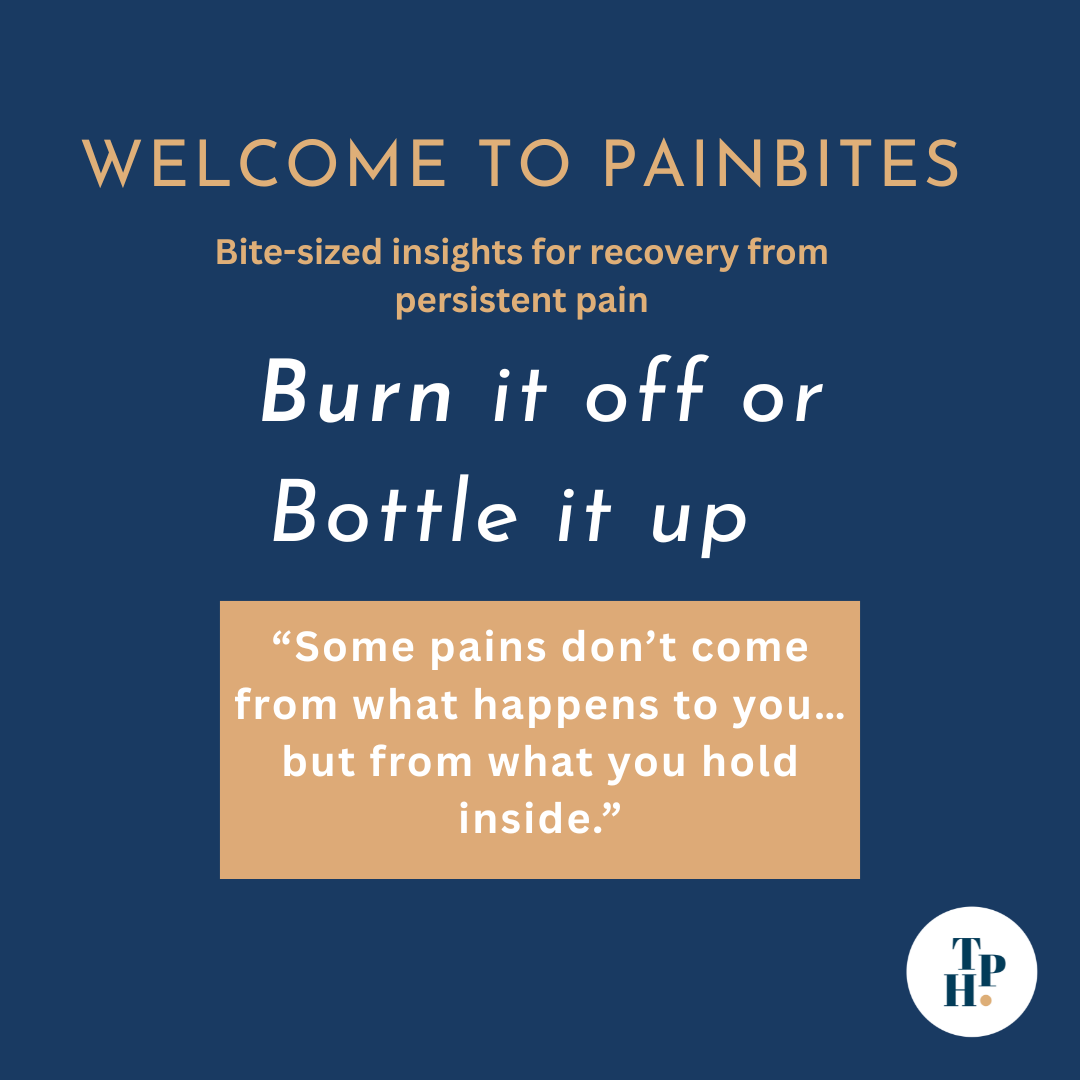
Burn It Off - Or Bottle It Up
When emotions rise, do you burn them off or bottle them up? This short read explores how constant “override mode” can keep pain and stress alive — and why giving feelings space may be the missing piece.
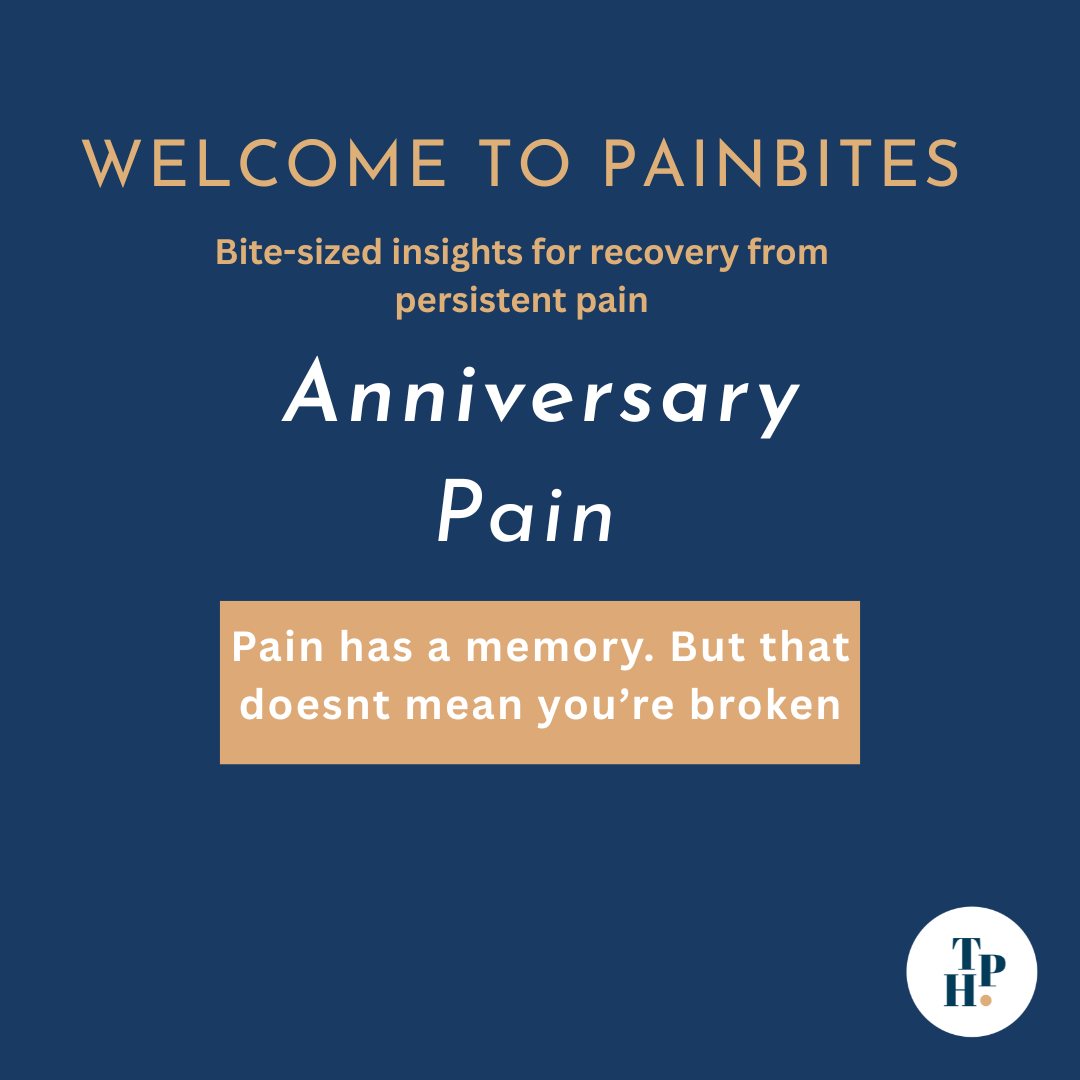
Anniversary Pain
“Some pain returns like clockwork — not because you're broken, but because your body remembers.”

Predictable Pain With Movement
Do you have a movement that you can predict will cause pain?
Do you have a part of the body that hurts even without movement that you believe is only due to the structure itself or its position?
Are you open to the idea that you can change any persistent pain or the pattern of it without needing to change the structure you believe to be at fault?
Read on if you are open to that and curious about approaching this process, not through an emotional lens but through logic.

Say Yes To You
Here are some words of encouragement after a call with a client. The themes might be relevant to others, so I'm sharing.......
You've had a tough time over the past 18 months and even before that, but what shines through is your ability to recover. You need to create the opportunity for that to happen again, and although you still have some current family stressors, if you could carve out some calmer moments for yourself, you'll see that recovery appears again.

FAQ: Can I Move?
Here’s an example of a frequently asked question about restarting movement when pain is still or has been strongly associated with that movement.
With persistent pain, an understandable but irrational fear can develop, as well as a predictable frustration in the person who has difficulty accessing what should be enjoyable, fun and healthy stress-relieving activities involving movement.
Returning to those activities is achievable but must be approached through a calm, conscious filter of rational safety.

How Do I Approach Triggers?
As a patient started to recognise triggers to painful situations in her life, she was both fascinated and fearful about approaching this opportunity to address them. The opportunity itself can feel overwhelming when, for so long, there’s been no other option other than to live in the fearful unconscious reactions and the resultant pain that behaviour brings.

How Can I Feel A Sense Of Ease?
When seeking ways to recover from persistent pain, it is easy to forget how practical and straightforward it is to feel a sense of ease. For so long, the norm has been one of discomfort, pain, and doing something to relieve it, and if there are moments of relief, they become filled with nervous anticipation or fear of when that pain may return.

How Do I Do Somatic Tracking With Movement?
A patient’s question - Many somatic tracking exercises, meditations, etc., seem to ask you to be comfortable, relax, breathe deeply, focus on the pain, describe it, give it a colour, a shape - breathe into the pain, and show it a white light.
All good EXCEPT, what if you have no pain in a relaxed, non-weight-bearing state, and pain only happens when you’re moving and exercising? It's hard to do the breathing, relaxing thing then. So, are there things you can do when you’re on the move? Apologies if this has been asked a hundred times!

Why Did I Get My Post-Exercise Pain Flare?
So, I’ve been improving steadily over the last year and slowly recovering from fourteen years of chronic and severe back pain. I totally ‘get’ the mind-body concepts, and while my improvement is slower than I would like, I have a lot of hope that all will be well one day.

The Agony Of Mighty Mouse
This is how a patient described herself in terms of her intent to push through all things pain. For many, it is a shared perspective in persistent pain that can keep people stuck in a painful pattern. Discerning pain and understanding that having healthy alternatives to our default patterns can be a real game changer. Here are some suggestions presented in this case.

Why Did My Physical Pain Stop When I Felt Grief?
Someone described how the pattern of their persistent pain changed during a period of grief. Here is a breakdown of how I explained how to interpret the variation in pain they experienced.
